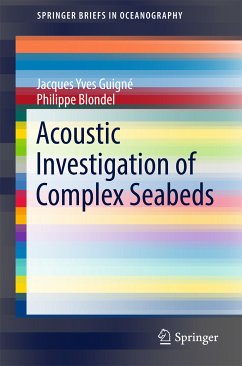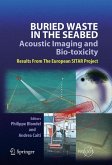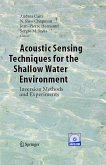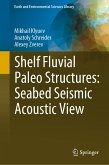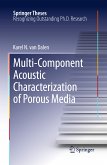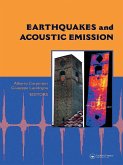Offshore drilling and constructions require exact knowledge of the geophysical properties of the seabed and sub-seabed, as unexpected objects can slow down or halt projects. This book presents the state-of-the-art in acoustic exploration of the seabed and sub-seabed, from initial designs in the 1980s to commercial contracting and operation of the Acoustic Corer(TM) in the last decade. The Acoustic Corer(TM) is a high-definition commercial acoustic sub-bottom imaging system, producing an "acoustic core" within which sub-seabed sedimentary characteristics and discrete buried objects larger than 0.5 m can be identified and mapped. It makes use of the innovative JYG-cross design, inspired by seismic reflection and uses Synthetic Aperture Sonar (SAS) multi-angle scattering in and within the seabed to deliver unprecedented imagery. This book was written by the inventor of these concepts, a known specialist in seabed acoustics, with help from an experienced academic and author. It is intended first and foremost as a "how-to" guide for offshore industries looking at techniques to make the installation of different types of structures safe and efficient.
Dieser Download kann aus rechtlichen Gründen nur mit Rechnungsadresse in A, B, BG, CY, CZ, D, DK, EW, E, FIN, F, GR, HR, H, IRL, I, LT, L, LR, M, NL, PL, P, R, S, SLO, SK ausgeliefert werden.

